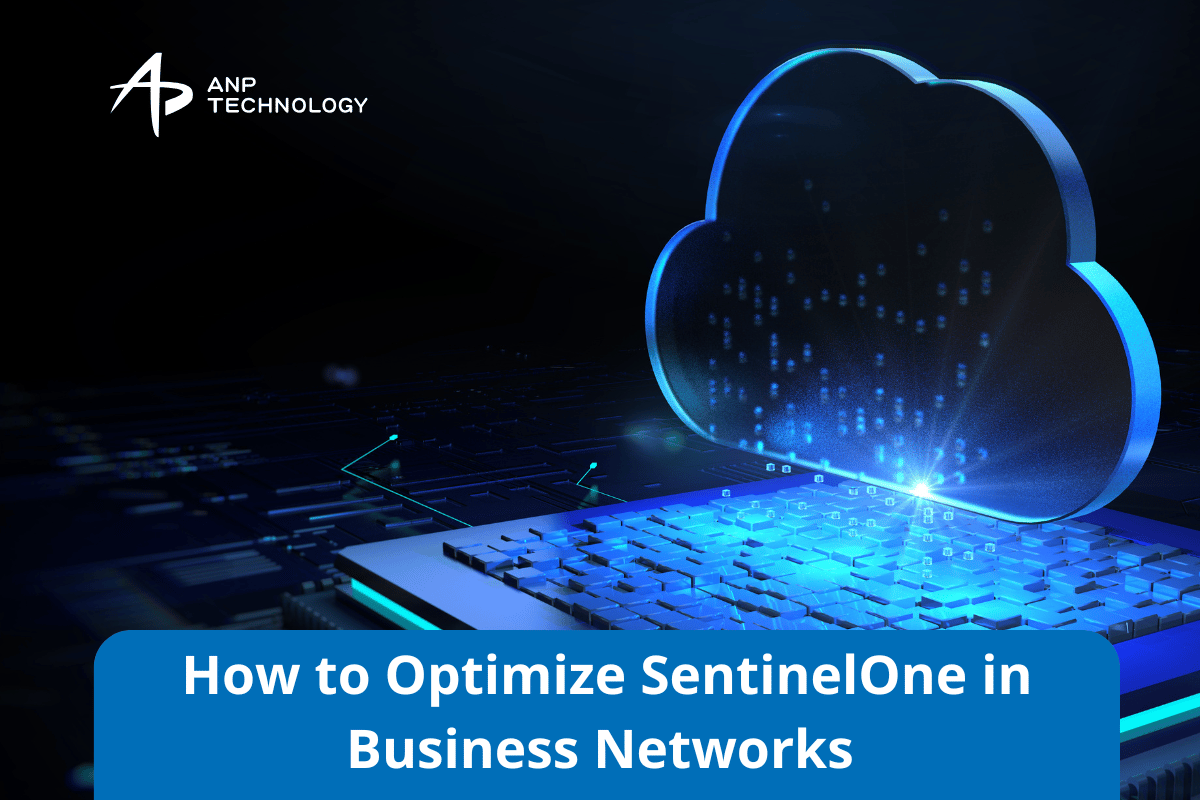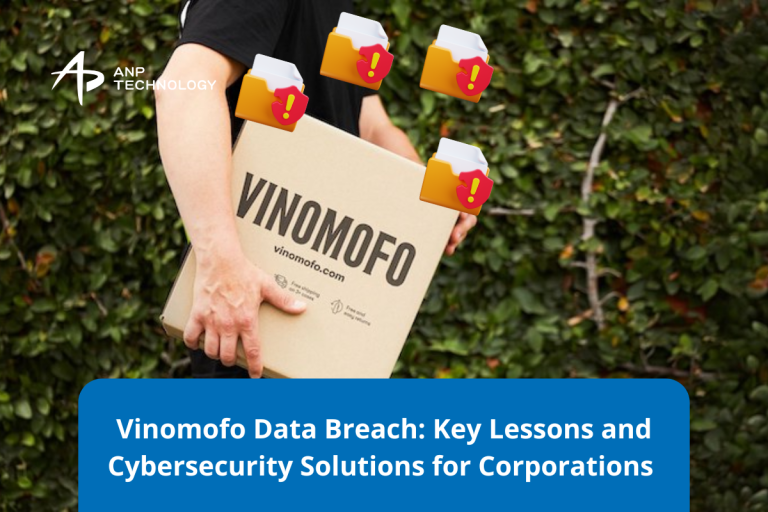
In today’s increasingly connected digital world, businesses are constantly facing a range of cybersecurity threats, from ransomware and malware to phishing and data breaches. As businesses move towards cloud computing and more flexible, digital environments, endpoint security has never been more critical. SentinelOne, a leading endpoint protection platform, offers powerful AI-driven security tools to protect your business network from these threats.
However, simply installing SentinelOne in your business network is not enough. To maximize its effectiveness and ensure that your organization is fully protected, you need to optimize the use of this powerful tool.
In this article, we will discuss how to optimize the deployment and use of SentinelOne in business networks to enhance security, streamline operations, and reduce the risk of cyberattacks.
Why Optimize SentinelOne in Business Networks?
SentinelOne provides robust, AI-driven protection by detecting, preventing, and responding to cybersecurity threats in real-time. However, without optimization, organizations may not fully leverage its capabilities. Here are some reasons why optimization is important:
- Maximize Threat Detection: SentinelOne can identify a broad range of threats, but optimization ensures that the system can detect new and evolving threats as quickly as possible.
- Minimize False Positives: Overwhelming security teams with false positives can lead to alert fatigue, causing real threats to be overlooked. Optimization helps minimize unnecessary alerts and ensures that resources are allocated to genuine threats.
- Streamline Incident Response: A well-configured SentinelOne platform can automate responses, enabling faster containment and remediation of security incidents, reducing potential damage.
- Ensure Seamless Integration: Optimizing SentinelOne ensures that it works well with your existing security infrastructure, such as firewalls, SIEM (Security Information and Event Management) systems, and other cybersecurity tools.
Steps to Optimize the Use of SentinelOne in Business Networks
Here are several key steps that can help businesses optimize the use of SentinelOne in their network environments:
1. Ensure Proper Configuration and Customization
To make the most of SentinelOne’s capabilities, ensure that the platform is correctly configured to meet the specific needs of your business network. This involves configuring several key elements:
- Policy Customization: SentinelOne provides a variety of policy settings for different types of devices and environments (e.g., corporate laptops, servers, workstations, etc.). Customize policies based on the risk level of different device types and user groups within your organization. For instance, laptops used by remote workers might require stricter policies than stationary workstations in the office.
- File and Process Control: SentinelOne allows you to specify which files, processes, or activities are allowed or blocked within your network. Fine-tuning these settings can help prevent unauthorized applications from running and reduce the likelihood of attacks.
- Auto-Containment and Auto-Remediation: SentinelOne provides automated containment and remediation capabilities. By configuring these features, you can automatically isolate infected devices and stop the spread of malicious activity across your network without requiring manual intervention.
- Whitelisting and Blacklisting: Whitelisting trusted applications and blacklisting known malicious ones can help prevent false positives. Carefully maintain your application whitelist and blacklist to ensure that legitimate applications are not mistakenly flagged as threats.
2. Integrate with Existing Security Infrastructure
Optimizing SentinelOne doesn’t just mean configuring it within its own platform—it also involves ensuring that it works seamlessly with other security tools in your network. Integration with your existing security infrastructure can significantly enhance your overall defence capabilities:
- Integration with SIEM Systems: Integrate SentinelOne with your Security Information and Event Management (SIEM) system to consolidate threat data and improve visibility into potential incidents. SIEM systems aggregate security logs and provide real-time alerts, which can be enhanced by the rich data collected from SentinelOne’s endpoint protection.
- Firewall Integration: Integrating SentinelOne with your firewall or intrusion detection/prevention systems (IDS/IPS) can help automate threat responses. For example, if SentinelOne detects malware on an endpoint, it can trigger your firewall to block the corresponding network traffic.
- Orchestrating Incident Response: SentinelOne integrates with SOAR (Security Orchestration, Automation, and Response) systems to enable automated response workflows. This allows you to react to threats faster and reduce the time it takes to remediate incidents. For example, you can automate network isolation or endpoint quarantine as part of an overall incident response plan.
3. Leverage Real-Time Threat Intelligence
SentinelOne’s AI-driven engine uses real-time threat intelligence to identify and block potential threats. To optimize its use, ensure that the platform is continuously updated with the latest threat intelligence:
- Enable Threat Feed Integration: SentinelOne can integrate with various external threat feeds and threat intelligence platforms. By enabling these integrations, you ensure that SentinelOne is aware of the latest malware strains, and attack techniques, allowing it to proactively defend against emerging threats.
- Monitor Threat Activity: SentinelOne provides detailed analytics on detected threats. Regularly monitor these analytics to understand the types of threats targeting your organization and use this information to improve your overall security posture. Review threat patterns and tweak policies to address any gaps identified through these insights.
- Use Behavioural Analytics: SentinelOne excels at detecting suspicious behaviour that may not be captured by traditional signature-based detection. Take full advantage of its behavioural analytics features to spot abnormal activities like lateral movement, unusual file access, or suspicious system processes that may indicate a breach.
4. Conduct Regular Security Audits and Review Performance
Regular audits and performance reviews are essential to ensure that SentinelOne is functioning at its best and providing the level of protection your business needs:
- Review Logs and Alerts: Periodically review logs and alerts generated by SentinelOne to ensure that potential threats are being captured effectively. Adjust configurations or policies as necessary to fine-tune the system.
- Incident Post-Mortem: After responding to any security incidents, conduct post-mortem reviews to identify areas for improvement. Determine whether SentinelOne’s detection and response capabilities were sufficient and if any changes need to be made to optimize its performance.
- Evaluate Effectiveness: Regularly evaluate the effectiveness of SentinelOne by conducting penetration tests and simulated attacks. This will help identify potential weaknesses and determine whether SentinelOne’s detection mechanisms are functioning properly.
5. Automate and Streamline Operations
One of the most significant benefits of SentinelOne is its ability to automate critical security processes, allowing your IT and security teams to focus on higher-priority tasks. To fully optimize SentinelOne, ensure you are utilizing its automation capabilities:
- Automated Threat Response: Set up automated workflows to respond to threats as soon as they are detected. For example, configure SentinelOne to automatically isolate infected devices, block malicious traffic, or quarantine suspicious files without needing manual intervention.
- Alert Management: SentinelOne generates alerts whenever a potential threat is detected. To optimize these alerts, configure automated filtering and escalation rules to ensure that only critical alerts reach your security team. This reduces noise and ensures that your team can focus on the most pressing issues.
- Patch Management Automation: Integrate SentinelOne with your patch management system to automate patching for known vulnerabilities. This reduces the risk of exploitation by ensuring that security patches are applied quickly across all endpoints.
6. Educate and Train Staff
Finally, to optimize the use of SentinelOne, your organization’s IT and security teams should receive proper training on how to use the platform effectively. Regularly train your staff on the latest features, best practices, and how to respond to alerts. Additionally, ensure that all users in the organization are aware of basic security principles, such as recognizing phishing emails, maintaining strong passwords, and following secure browsing habits.
Conclusion
Optimizing SentinelOne in business networks is essential to ensure that your organization is fully protected against the evolving landscape of cyber threats. By properly configuring the platform, integrating it with your existing security tools, leveraging real-time threat intelligence, automating response actions, and continuously reviewing its performance, you can ensure that SentinelOne is operating at peak efficiency.
With the increasing complexity and frequency of cyberattacks, businesses cannot afford to be reactive—they must proactively protect their networks, systems, and data. SentinelOne, when optimized, provides a powerful defence mechanism to reduce risk, enhance operational efficiency, and safeguard business continuity. By following the steps outlined above, organizations can fully unlock the potential of SentinelOne to secure their digital environments and stay ahead of cybercriminals.
If you need Optimize SentinelOne in your corporate and business Networks company, contact us here for more information.



